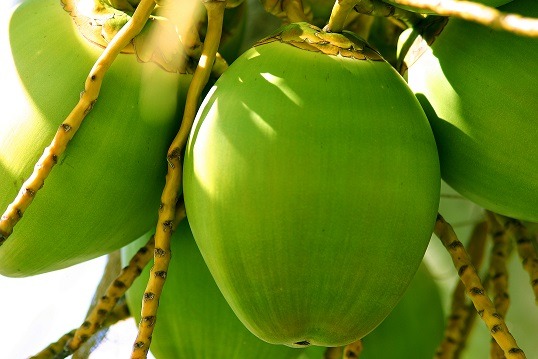The Truth About Coconut Palm Sugar: The Other Side of the Story!
Coconut palm sugar is the latest coconut product to gain popularity, and its place in the market is expanding rapidly. As retailers in the U.S. and elsewhere also cash in on this new demand, sadly, the other side of the story is not being told. What no one is warning consumers about is that coconut palm trees cannot produce both coconuts and coconut palm sugar! When the sap used to make coconut palm sugar is collected from the coconut palm tree, from the flower bud that will eventually form a coconut, that tree can no longer produce coconuts! Think about that for a minute. No coconuts = no coconut oil, no dried coconut, no coconut flour. Is coconut sugar worth giving up these other valued products that come from the coconut?? Coconut palm sugar is NOT a traditional product. The traditional product that has been produced from coconut sap, usually from trees that no longer effectively produce good coconuts, has been “lambanog” – a hard liquor similar to vodka. Since coconut palm sugar is a new product in the market, the health claims that are made are unsupported by any neutral third-party sources. If you search in PubMed, for example, you will not find any research articles on this product. It's short history in the market has a lot of similarities to agave, the sap from the cactus plant that traditionally was used to make Tequila, and not syrup, and is not a natural or traditional product all, but a highly processed one.




